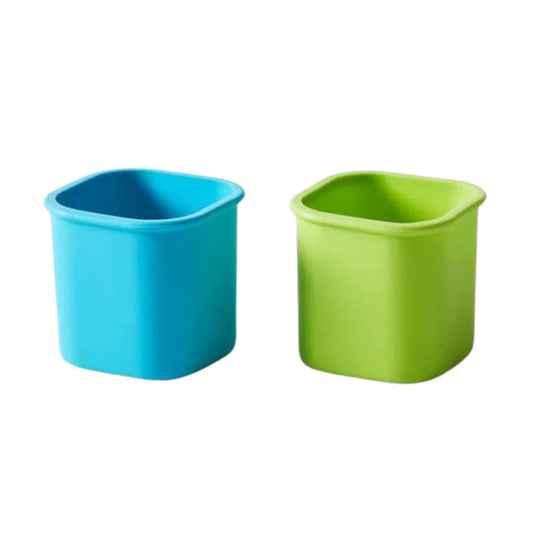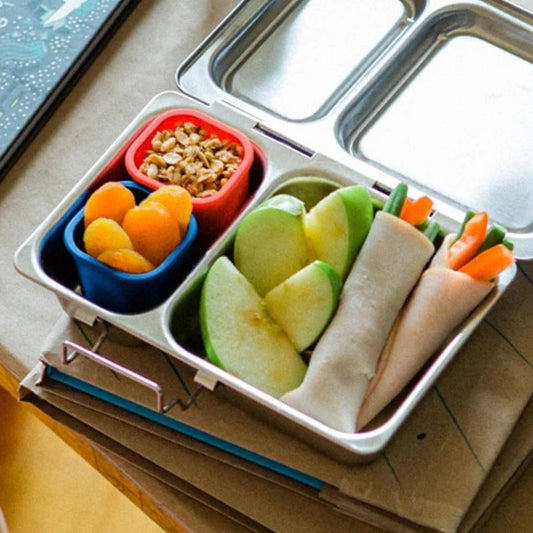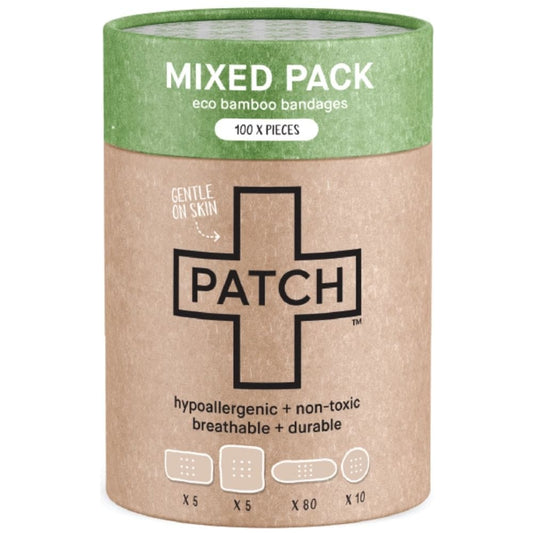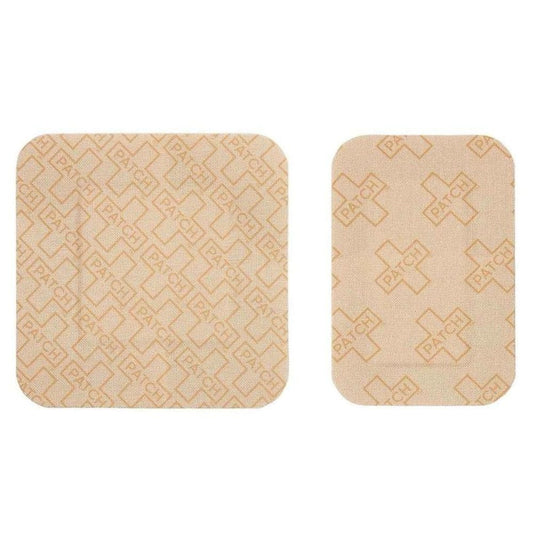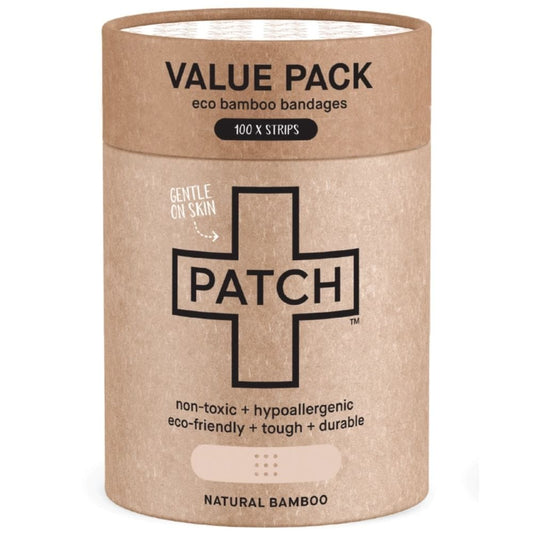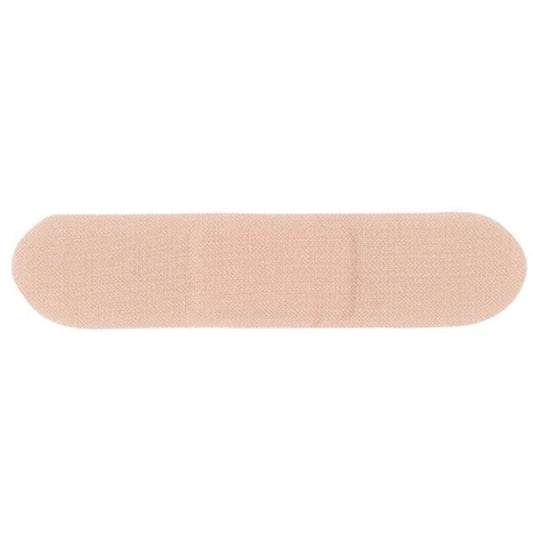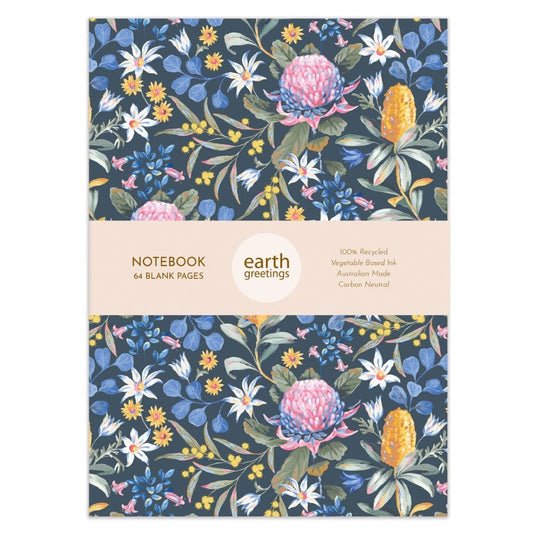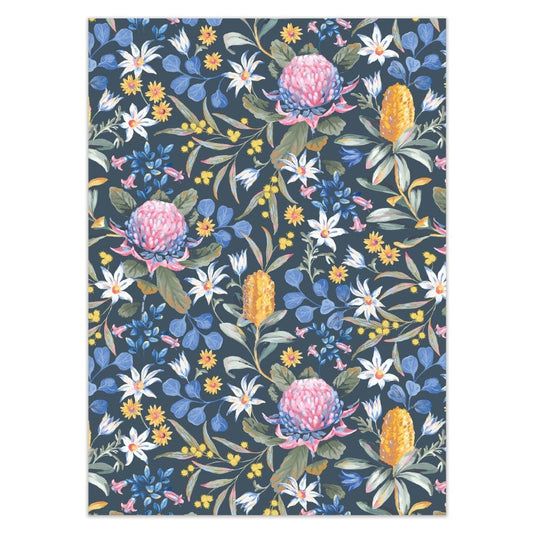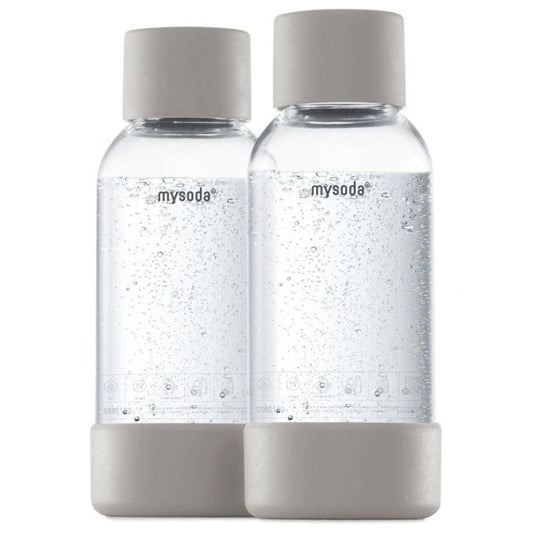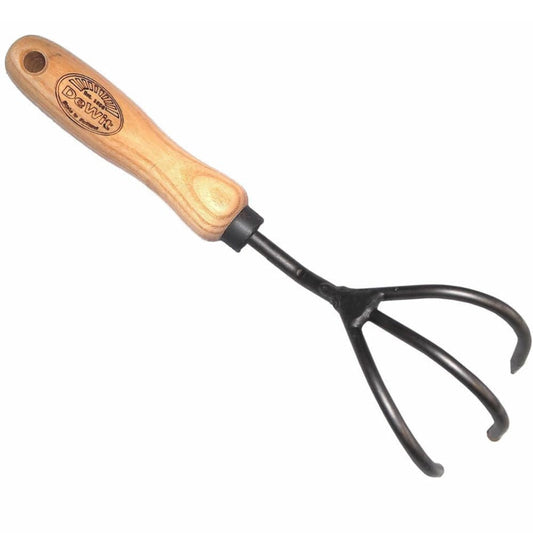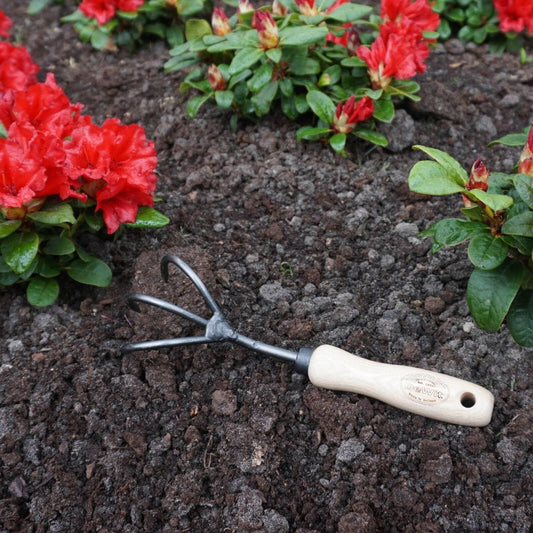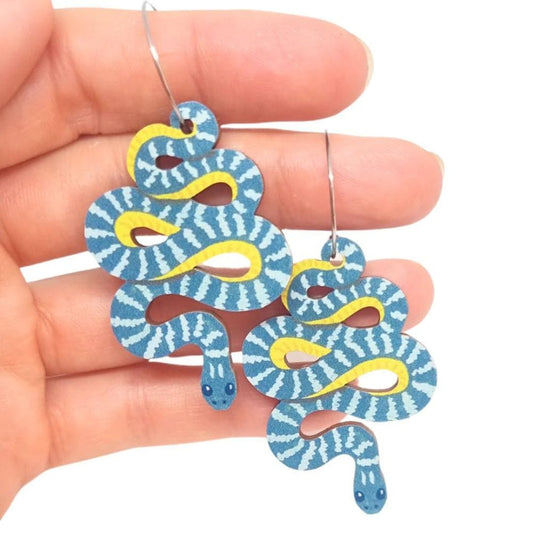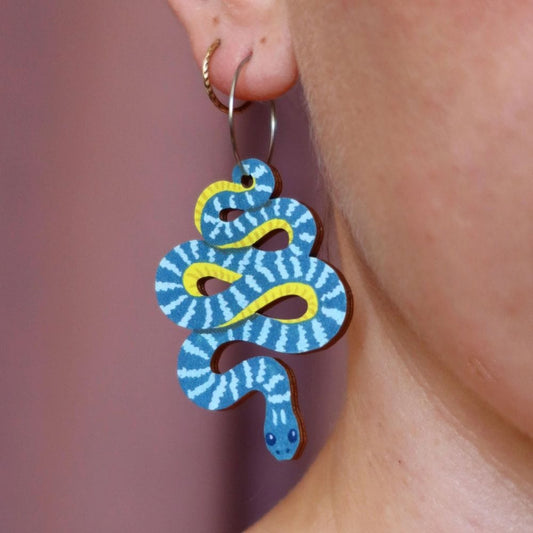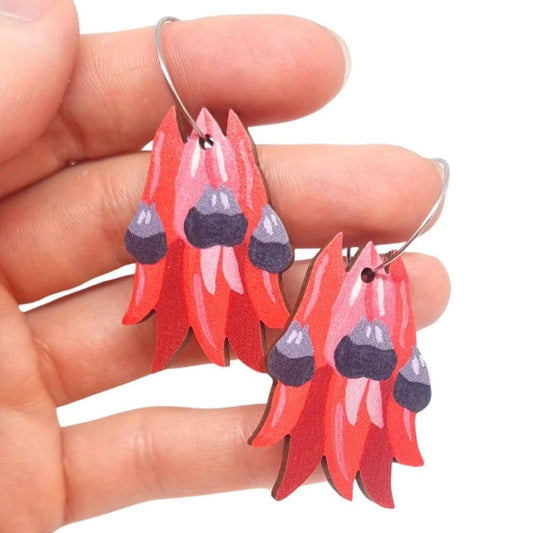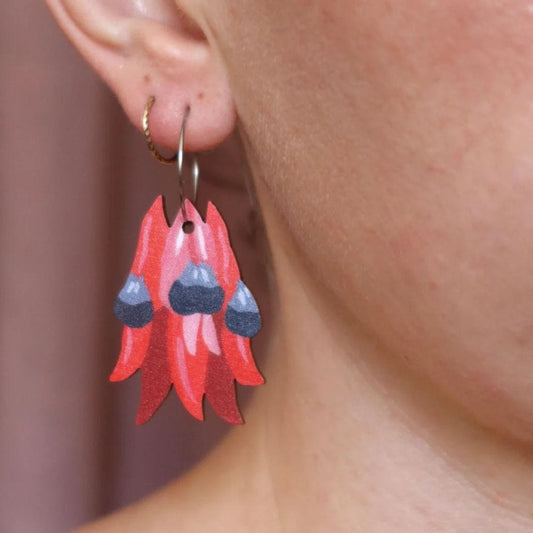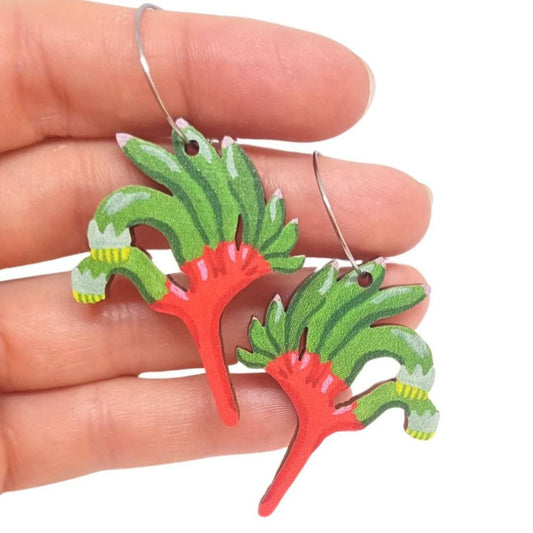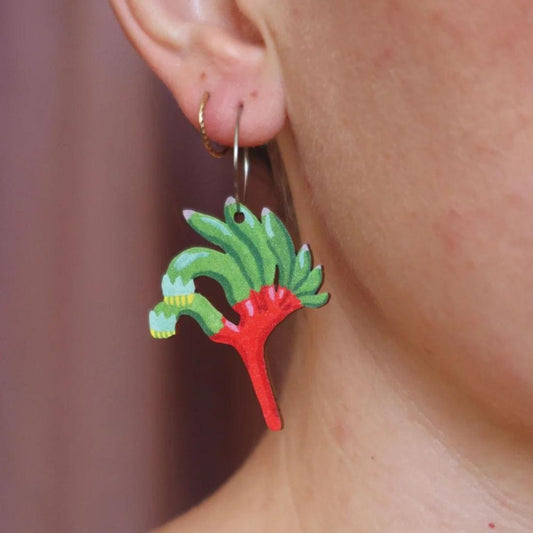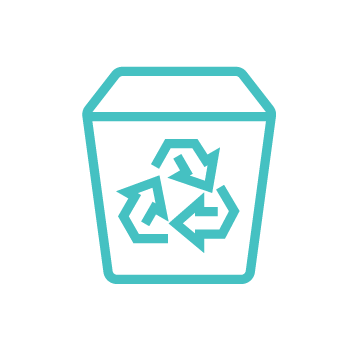
Making homemade natural deodorant at home is really easy, not to mention you can save money, reduce plastic packaging, and adjust the scent and ingredients to how you like.
This effective DIY deodorant recipe is just three simple steps, with no heating required! Your deodorant that really works, will be aluminium-free and free from petrochemicals, synthetic fragrances, propylene glycol and parabens.
A natural antiperspirant will technically not stop you from sweating, an important natural bodily function, but from our experience switching to a homemade deodorant with no harsh chemicals reduces perspiration after your body naturally adjusts.
Ingredients such as coconut oil and bicarb (or baking soda) inhibit bacteria, arrowroot and clay in the recipe absorb wetness and antiperspirant, and coconut oil and shea butter are moisturising.
For a deodorant for sensitive skin, try these recipes for homemade deodorant stick bicarb free or Magnesium Roll On deodorant.
If you follow our DIY Skin Care page, you might already have the ingredients too! All of the ingredients can be purchased online or package free from our Naked Beauty Bar in the Biome stores. Bring your own glass jars or purchase one in-store.
What you need to make homemade DIY deodorant
1/4 cup naturally occurring bi-carb soda or Arrowroot flour - Bicarb is also known as baking soda or sodium bicarbonate. Because it is alkaline it creates a high pH environment that the odour-causing bacteria can't survive in. Bicarb does irritate some people so you can replace all with Arrowroot powder, or a blend of both.
1/4 cup bentonite clay or Kaolin white clay - absorbent to help absorb sweat, and an antiperspirant
3.5 tablespoons soft coconut oil - antibacterial, as well as moisturising
4 drops lavender essential oil - for scent, can be swapped for your preference
4 drops peppermint essential oil - antibacterial and odour-reducing
4 drops rosemary essential oil - antibacterial and odour-reducing
Some recipes use Shea butter, which is very moisturising and anti-bacterial, but this will require you to gently heat the mixture with a double-boiler method in order to melt and combine the ingredients. Try mixing part coconut oil and part shea butter. A paste with shea butter can be slightly more firm.
It's recommended to test each ingredient on your wrist to ensure you aren't allergic to any of them.
How to make homemade deodorant
STEP 1: In a medium sized, non-metallic bowl using wooden utensils, mix together the bi-carb soda and bentonite clay.
STEP 2: Mash in the soft coconut oil until well combined. This recipe will make a firm but smooth consistency, but you can add a little bit more coconut oil if you prefer a runny consistency.
STEP 3: Mix in the essentials oils. Transfer into small, wide-mouthed jars and store in a cool place.
How to use DIY deodorant
This recipe makes enough to fill approximately two small 120ml glass mason jars.
With clean fingers, scoop out a small amount and rub onto clean, dry underarms using your fingertips until it's invisible.
This mixture will soon dry into a non-sticky powder form. Also, if you shave your underarms, like with any deodorant, wait an hour or so before applying.
For particularly hot and active days, we recommend reapplying your deodorant several times during the day.
If you are switching to natural deodorant for the first time, you may experience a detox period as your body transitions and restores its PH and underarm health. This detox period could last up to two weeks and may include odour, redness or rash. To help with the detox process, we recommend using Earths Purities detox a pit, which is designed to draw out toxins and heavy metals, and correct bacterial imbalances that cause odour and irritation.
Some people may develop a rash after using a deodorant containing bicarb soda, so to avoid this try replacing some of the bicarb with arrowroot powder.
Arrowroot is light weight and highly absorbent and gluten free.
Why is my homemade deodorant paste soft?
It depends on the ambient temperature, and how soft or hard the coconut oil normally is at room temperature. You have likely noticed that when it is cold, coconut oil is a white solid, and when it is hot it changes to a clear runny liquid. If the temperature is hot, keep your paste in the fridge. Including shea butter in the recipe can help it to stay more hard.
I want to try a ready-made natural deodorant first!
You can find a huge range of natural deodorant to buy at Biome in Australia. We have the best paste, stick, spray and roll on organic deodorants that actually work, including bicarb free deodorants. Many are plastic free (packaged in glass or metal instead of plastic). You can also refill some deodorants in our stores, such as the Goodeau deodorant.
MORE HOMEMADE DEODORANT RECIPES
DIY Roll on deodorant with Magnesium and Witch Hazel
Make your own bicarb free natural deodorant for sensitive skin
DIY vegan deodorant stick without beeswax
Homemade vegan deodorant paste recipe
MORE READING
Everything you need to know about natural deodorants
Discover Biome's Naked Beauty Bar
Looking to simplify, reduce waste and know exactly what you are putting on your skin? At Biome's Naked Beauty Bar, you will find all of the beautiful raw ingredients you need to make your own natural skincare and cleaning products. These ingredients are available in convenient reusable glass jars, and in bulk from all of our stores.
Find homemade skin care and cleaning recipes here >
Buy DIY skin care ingredients online here >
Share your Naked Beauty Bar DIY skincare and cleaning products with us by tagging your photos with #BiomeNakedBeauty on Facebook and Instagram.
Disclaimer
As with all our DIY recipes, you can experiment to suit your preferences. Many factors can change the end result, including temperature, humidity, light, ingredient quality. Some DIYs can be amended by remelting or adding ingredients, but some cannot. Please read the whole recipe before beginning and remember to have fun!
Biome cannot issue a refund if the DIY skin care product, DIY hair care product or DIY body care product you make using our raw DIY ingredients do not perform as you'd hoped. We will, however, offer a refund if the raw DIY ingredient packaging is broken or leaking, or the ingredient itself appears to be ‘off'.
Before using any raw DIY ingredient for the first time, please first research that ingredient's potential benefits as well as safety precautions and possible side effects. Check with your medical professional if you have any concerns.
If you have severe acne, very sensitive skin, or another skin concern or health condition, we recommend seeking medical advice before using any new product on your skin, whether that be a raw ingredient, a DIY product you've made yourself, or commercially formulated product.
Please exercise caution when using essential oils. If you are pregnant or have any kind of health or skin condition, we recommend you speak to your doctor before use. Essential oils are highly concentrated liquids, so use in moderation. Pure essential oils should never be used directly on the skin and should never be ingested. When using an essential oil for the first time, do a skin patch test. Each essential oil is unique and may not be suited to everyone. Please research potential benefits as well as safety precautions before using any essential oil. Some essential oils may interfere with medication. Check with your medical professional if you have any concerns.


